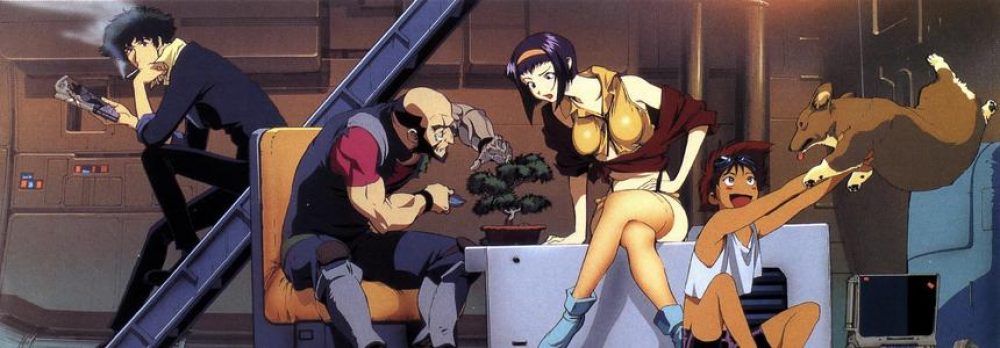I first came into contact with interactive film work in 2017, called “Late Shift”, which was shot by a real person and required the audience to choose various plots with different endings. At that time, I was really attracted. After that, I began to pay attention to the interactive film works, and also experienced various interactive narrative styles. There are excellent pictures of “Detroit: Become Human” and the unique interactive form of “Her Story” and “Last Day of June”, even the small work “Father and Son” on the phone. The experience brought by the combination of interaction and narration deeply attracted me.



I searched for some papers on Google Scholar. After reading their opinions, I think I can discuss two directions. One is the narrative design method under interactive works, and the other is the appropriate interaction in the narrative design. It can be understood as the relationship between narrative design and interactive design.
Recently I experienced Quantic Dream’s old work “Heavy Rain” again, and I began to think about the relationship between interactive design and narrative design. Sometimes the interaction gives the audience a more immersive experience, but sometimes it seems that inappropriate interaction design makes it difficult for the audience to focus on the story.

In the interactive movie “Heavy Rain”, there is a scene that I am very impressed with. The protagonist’s child is lost in a crowded shopping mall. The only thing the player knows is that the child is holding a red balloon. At this time, the player needs to control the protagonist to walk around in the mall. , But because there are too many people around, it is difficult for the player to control. At this time the player will naturally put themselves into the protagonist and will have a kind of anxiety. And this is the emotion that the director wants the player to experience. This emotion is conveyed through the simplest form of interaction. This is also the difference between interactive works and traditional film works. In addition to visual and auditory, interactive works can also arouse the audience’s emotions inside from another dimension.

In addition to interactive movies based on real-time rendering, there are also interactive works shot by real people, such as “Black Mirror: Bandersnatch”. I have heard about it for a long time but only recently have I experienced the complete process on Netflix. The form of this work is very similar to the 2017 “Late Shift”, but the black mirror has carried out a deeper exploration of interactive narrative in the plot. From the very beginning, players were given the goal of developing a game, and then some designs of “breaking the four walls”, this is a story without a so-called perfect ending. But at the same time, I noticed that purely selective interaction can easily break the coherence of the narrative, and in the process of repeated selection, the audience’s own consciousness is gradually suppressed, and the entire selection behavior has become a process for the audience to consider the creator’s logic. This easily brings fatigue to the audience.

I have also tried an interactive form based on real-time rendering, which uses the multi-line narrative structure of traditional movies. each story is connected by shots or props. The audience can trigger the switch Story by controlling the camera or clicking the props while watching. The purpose of this experiment is not to substitute the audience into any role, to maintain their identity as a bystander, and to observe the audience’s experience in this form. But during the actual exhibition, I noticed that some audiences would not try to operate the works of this kind of movie lens, even if they knew it could be operated. When some audiences try to operate, their attention is easily distracted and it is difficult for them to focus on the plot. As an observer, the viewer has no entity in the work, no role to be substituted into. And they do not know who they need to watch.
In conclusion, the relationship between narrative design and interactive design is very important in interactive works. A narrative structure suitable for interaction and an interactive form that provides more immersion. At present, I can think of some text adventure games or text decryption games that are better at these two points. For example, the independent work “sally face” or “escape cube” series. Next, I want to continue to try to design interactive works based on real-time rendering, maybe write a little story or something first.
